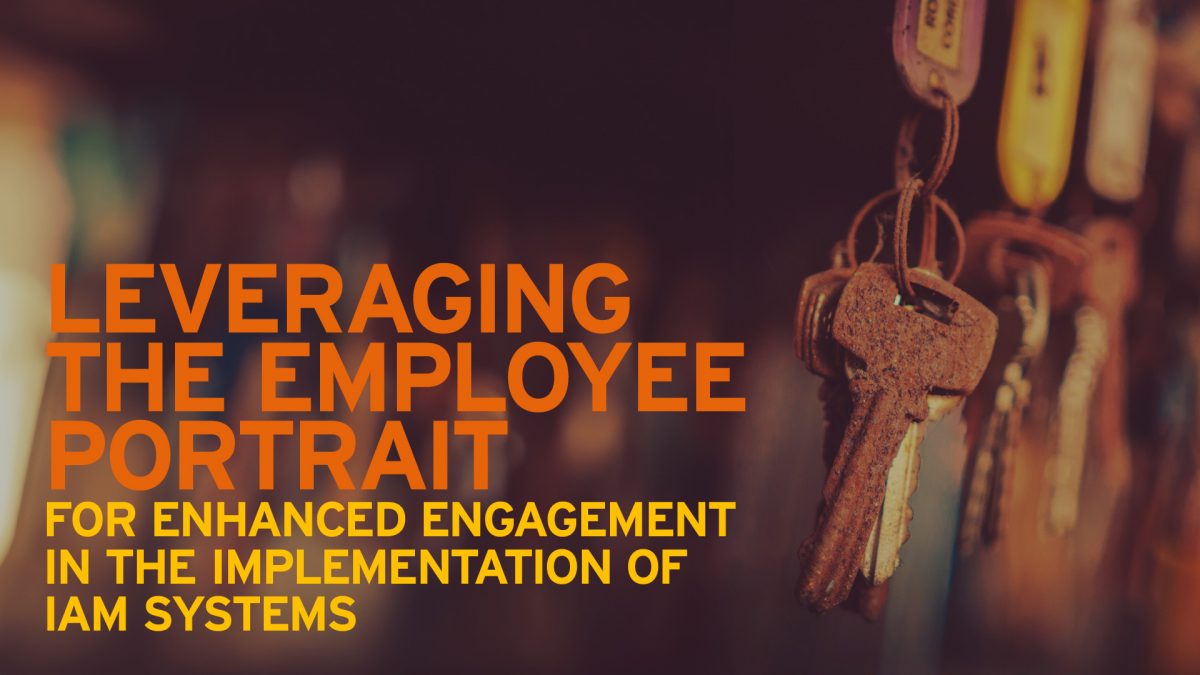The concept of Identity and Access Management (IAM) has been evolving for several decades, with its roots tracing back to the early days of computing and network security. While the formal term “IAM” may not have been widely used until more recent years, the principles and practices underlying IAM have been present since the emergence of digital systems. Managing identities and access rights within organizations has become increasingly complex. With the proliferation of digital platforms and the growing emphasis on data security and compliance, the need for effective IAM solutions has never been greater. And it refers to the set of processes, policies, and technologies used to manage digital identities and control access to resources within an organization. At its core, IAM is about ensuring that the right individuals have access to the right resources at the right time, while also preventing unauthorized access and safeguarding sensitive information. Key components of IAM include identity provisioning, authentication, authorization, and identity governance.
Where to start?
Getting started with IAM implementation involves several steps. Firstly, organizations need to assess their current IAM capabilities and identify areas for improvement. This involves conducting a comprehensive audit of existing identity and access management practices, systems, and policies. Next, organizations should define their IAM strategy, including goals, objectives, and success metrics. This may involve establishing roles and responsibilities, defining access policies, and selecting appropriate IAM technologies and vendors.
The need for IAM arises in various scenarios, including:
- Managing user identities across multiple systems and applications
- Enforcing access controls and policies to protect sensitive data
- Ensuring compliance with industry regulations such as GDPR
- Streamlining user provisioning and deprovisioning processes
- Enhancing security and mitigating risks associated with unauthorized access and data breaches
In recent years, there have been several notable trends and innovations in the field of IAM. One such trend is the adoption of digital ID cards and biometric authentication methods. Digital ID cards provide a convenient and secure way for employees to access physical and digital resources, while biometric authentication methods, such as fingerprint or facial recognition, offer an additional layer of security and convenience.
The Role of Employee Portraits in IAM
Employee portraits play a crucial role in enhancing the personalization and effectiveness of IAM solutions. By incorporating employee portraits into IAM workflows, organizations can create a more engaging and user-friendly experience for employees. Additionally, employee portraits help to improve security and compliance by ensuring that only authorized individuals have access to sensitive resources. Eikonice’s cloud-based solution automates the entire process of managing employee portraits, from the initial photo session to the final upload of colour adjusted and cropped high-resolution photos on all company platforms. This not only streamlines workflows and eliminates manual processes but also cuts costs and ensures GDPR compliance. Furthermore, it ensures that employee portraits can be updated with a higher frequency without additional effort – so key cards with 10-year-old portraits are a thing of the past. The system automatically reminds you when it is time for a new and well-liked portrait
From employee cost to a strategic tool
In conclusion, leveraging employee portraits for enhanced engagement in IAM systems is not just a matter of convenience—it’s a strategic imperative for modern organizations. By embracing innovative solutions companies can streamline processes, improve security, and create a more personalized experience for employees. As the digital landscape continues to evolve, the importance of IAM in safeguarding identities and access rights will only continue to grow.
